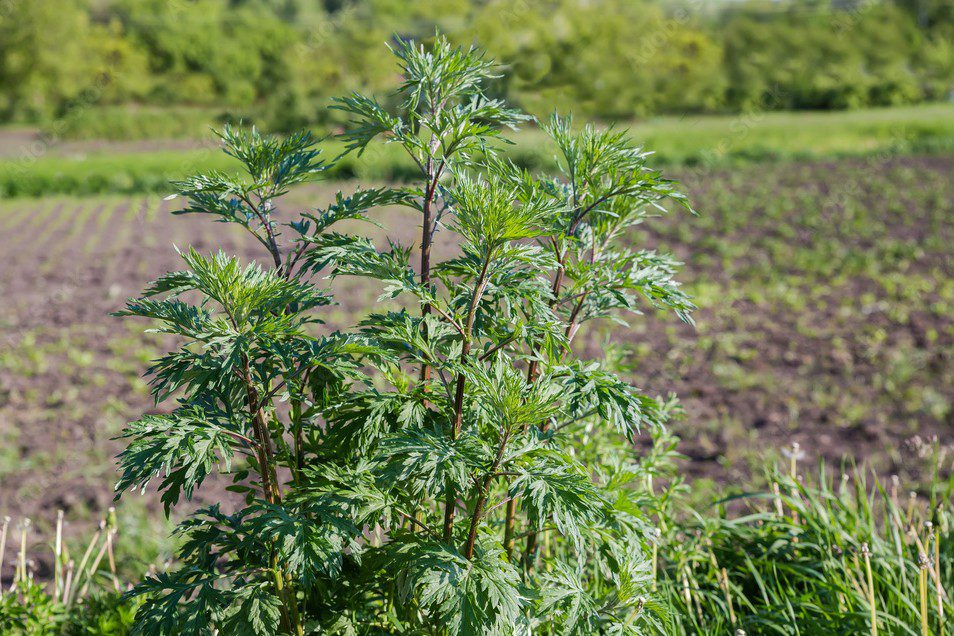
Gardening Column, Hamish Martin: ‘Mugwort was held sacred by many cultures and thought to be the oldest of plants’
Gardening columnist, Hamish Martin, on the ancient history of mugwort and how this plant can be used today.
I feel a very strong association with this magnificent plant. I have never planted mugwort, but it has amazingly, always found me.
Every house I have lived in this plant miraculously appears, from where I have no idea, and as I write this article outside, I am no further than ten feet from it now and drinking a mug of the infusion of the fresh leaves.
It is a plant of ancient use and was known as the Mater Herbarum – the mother of all herbs. Mugwort was held sacred by many cultures and thought to be the oldest of plants. In particular, it was believed to be a plant that offered protection to humans.
Its botanical name Artemisia refers to the goddess Artemis, hinting at its divine origins. Named after the lunar goddess of the hunt, childbearing and the wild animals, mugwort is steeped in much folklore about its healing virtues. It has traditionally held a powerful affiliation with the moon and was considered to be a prime herb for women.
Its long history of traditional herbal medicine was used for many ailments but specifically gastrointestinal issues, gynecological problems and even as an insect repellent.
In the distant past, before hops were introduced, the plant was cultivated and used in brewing both to flavour and to clear beer and other drinks and hence its English common name, Mugwort.
So why do I adore this herb so much? It feels ancient to me, part of my DNA, as a supporter and friend. I love to internalise the herb and feel it is at its best at night time, as a tea, as I believe it enhances dreams. They say that you can even cut the herb and place it under your pillow to aid lucid dreaming. The taste isn’t to everyone’s liking though as it is a bitter herb, which aids your digestive system.
Once again, like all our wild herbs, nature adores the bounty they offer. Mugwort supports several species of butterflies and moths, bees and other pollinators love the nectar and pollen from the flower and the seeds are gorged on by siskins and goldfinches.
If you, like me, find mugwort growing by a happy accident in your garden, or stumble upon
it on a walk, then know you are looking at an ancient plant that has supported us in the past and continues to do so now and for our future.
Read more Garden stories here.
Subscribe to read the latest issue of Scottish Field.
TAGS

